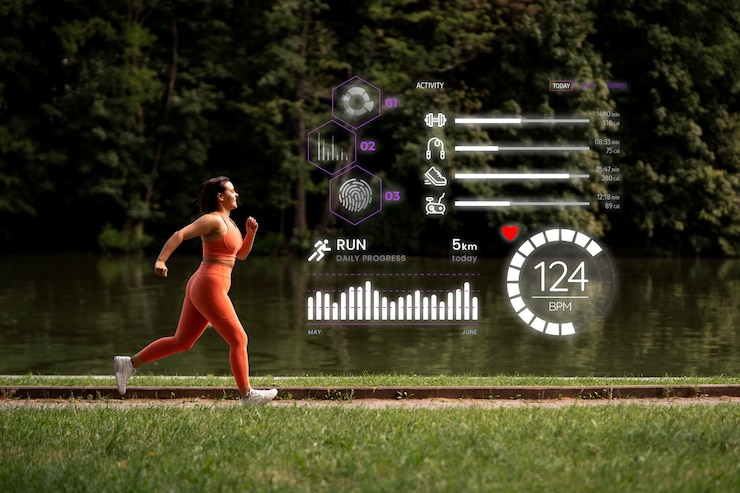In the realm of fitness, there are various aspects to consider, each contributing to overall health and well-being. Health-related fitness components encompass fundamental elements that directly impact one’s physical health and quality of life. Whether you’re an athlete, a fitness enthusiast, or simply someone seeking to improve their health, understanding these components is crucial. Let’s delve into the six key health-related fitness components and explore how they contribute to a balanced and healthy lifestyle.
- Cardiorespiratory Endurance: Cardiorespiratory endurance, also known as aerobic fitness, refers to the ability of the cardiovascular and respiratory systems to deliver oxygen to the body’s tissues during sustained physical activity. Activities such as jogging, swimming, cycling, or brisk walking are excellent for improving cardiorespiratory endurance. Enhancing this component not only strengthens the heart and lungs but also boosts stamina and reduces the risk of cardiovascular diseases.
- Muscular Strength: Muscular strength denotes the maximum force a muscle or muscle group can exert against resistance. Engaging in resistance training exercises, such as weightlifting or bodyweight exercises like push-ups and squats, can enhance muscular strength. Improving muscle strength not only aids in performing daily tasks more efficiently but also contributes to better posture, joint stability, and bone health.
- Muscular Endurance: Muscular endurance refers to the ability of muscles to sustain repeated contractions over a prolonged period without fatiguing. Activities like high-repetition weightlifting, circuit training, or activities such as hiking and swimming help build muscular endurance. Developing muscular endurance is vital for activities requiring repetitive movements, enhancing overall stamina, and reducing the risk of injuries https://www.jerryspinelli.net/.
- Flexibility: Flexibility refers to the range of motion around a joint or series of joints. It is crucial for maintaining mobility, preventing injuries, and performing daily tasks with ease. Stretching exercises, yoga, and Pilates are effective ways to improve flexibility. Incorporating flexibility training into your routine enhances muscle elasticity, joint health, and posture, promoting overall physical comfort and reducing the risk of strains and sprains.
- Body Composition: Body composition refers to the proportion of fat, muscle, bone, and other tissues in the body. Achieving a healthy body composition involves maintaining an optimal ratio of lean body mass to body fat. Regular exercise, coupled with a balanced diet, plays a pivotal role in managing body composition. Striving for a healthy body composition not only enhances physical appearance but also reduces the risk of obesity-related health issues such as diabetes, heart disease, and hypertension.
- Balance and Coordination: Balance and coordination are essential for stability, agility, and motor control. These components encompass the ability to maintain equilibrium and execute movements smoothly and efficiently. Activities like Tai Chi, yoga, and balance exercises help improve balance and coordination. Enhancing these skills not only reduces the risk of falls and injuries but also enhances performance in various sports and physical activities.
Incorporating exercises and activities targeting each of these health-related fitness components into your fitness regimen can lead to comprehensive improvements in physical health and well-being. Remember to approach fitness holistically, focusing not only on individual components but also on achieving a balanced and sustainable lifestyle. Consult with fitness professionals or healthcare providers to tailor a regimen that suits your needs and goals. By prioritizing these components, you can embark on a journey toward a healthier, more vibrant life.




